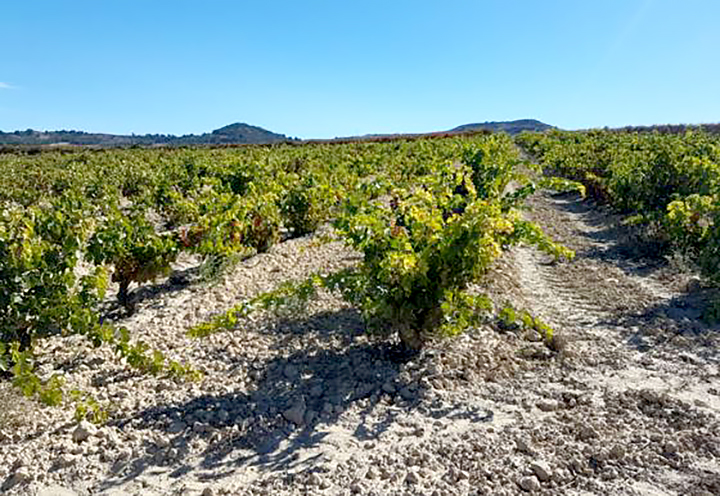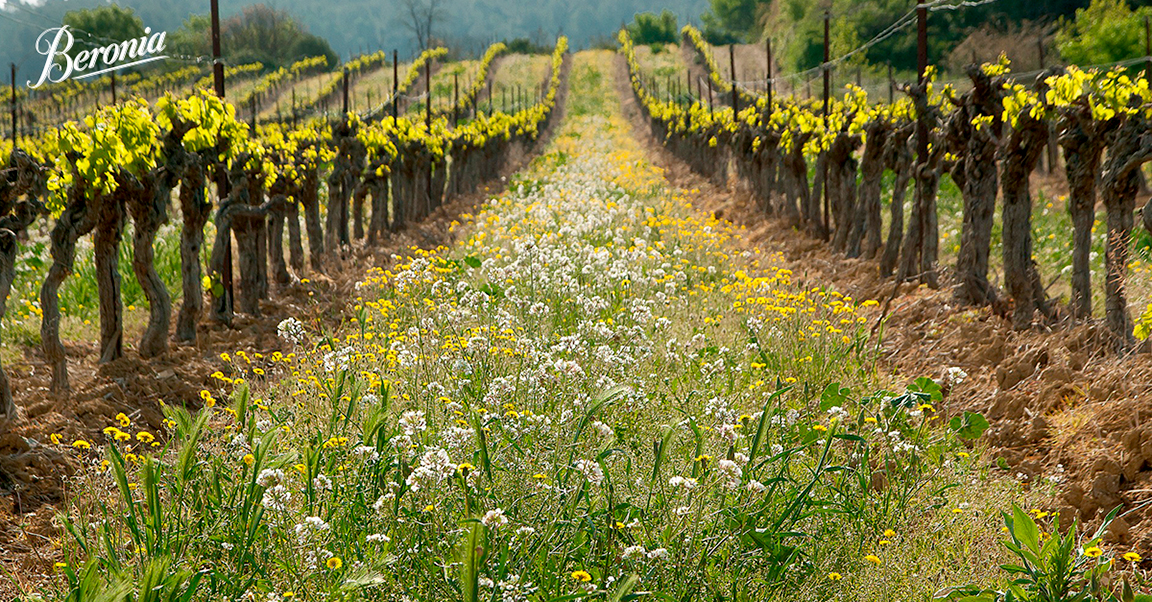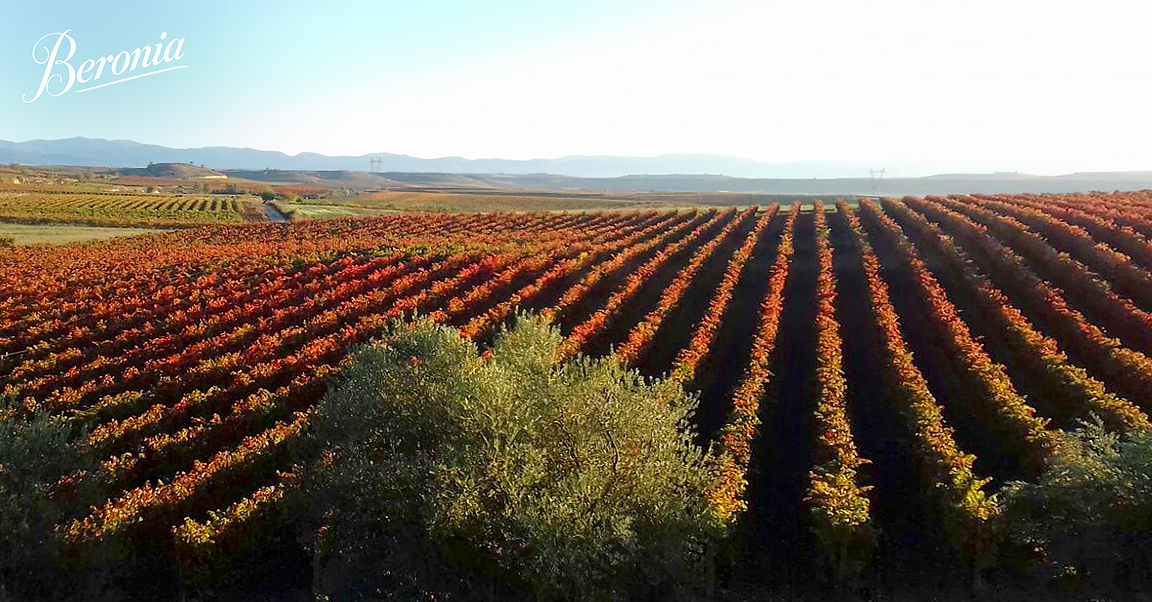Medium ruby color; blueberry, plum, blackberry, strawberry, fig, licorice, oak, cedar, cacao on the nose and palate.
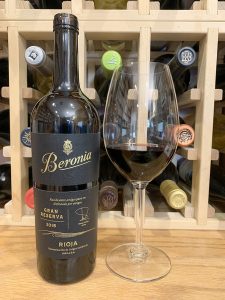
Dry; pleasant, dusty tannins and excellent acidity (3.55 pH); impressive balance. I found the 2013 vintage disjointed on pop-and-pour; I did not encounter that on the 2015. This vintage is a smooth, delicious, velvety easy drinker with a delightfully long, tasty finish. The 2013 was nice, especially after decanting, but the 2015 is more subtle and superior. Medium-plus body. Blend of 94% tempranillo, 5% graciano, 1% mazuelo. 14.5% ABV
Grapes cold macerated. Temperature controlled fermentation with pump overs. Must macerated a second time post-fermentation. Aged 28 months in French oak, followed by three years of bottle aging. Mixed oak barrels are an interesting quirk of Beronia winemaking. Barrel staves are American oak while the ends (tops and bottoms of the barrels) are French oak. Beronia has nearly 30,000 barrels in an underground cellar. Beronia also uses older barrels—average age four years—which reduces the oak influence. Gran reserva is the penultimate classification and indicates it aged at least six years in wood and bottle—more than seven years in this case. “Fine” is the ultimate classification, rare, and more expensive—it must age 20-plus years.
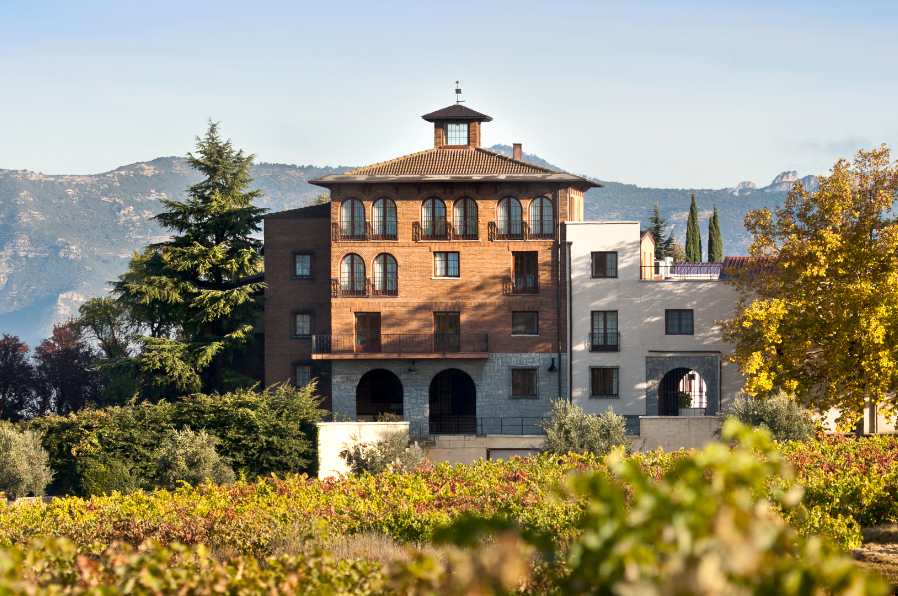
Beronia Rioja is part of González Byass Family wine group. The Beronia website presents the winery’s history: “Beronia was founded in 1973 by a group of businessmen, friends from the Basque country who would come to La Rioja on holiday. The friends had a great love of food and wine and created their own gastronomic society, or txoko as it is called locally, in the area. They decided, to produce their own wines to enjoy with the local cuisine, specializing in Reserva and Gran Reserva style wines. The winery was integrated into the González Byass Family of Wine group in 1982 and began an expansion into international markets. Today Beronia is one of the most renowned Spanish wineries both in international and domestic markets, producing pure and traditional Rioja wines with their own personality and Beronia style.”
Rioja is the best known Spanish wine region. It lies in the valley of the Ebro River with the Cantabrian mountains to the north and Demanda range to the south and encompasses 140,850 acres of vines that produce more than 66 million gallons of wine.
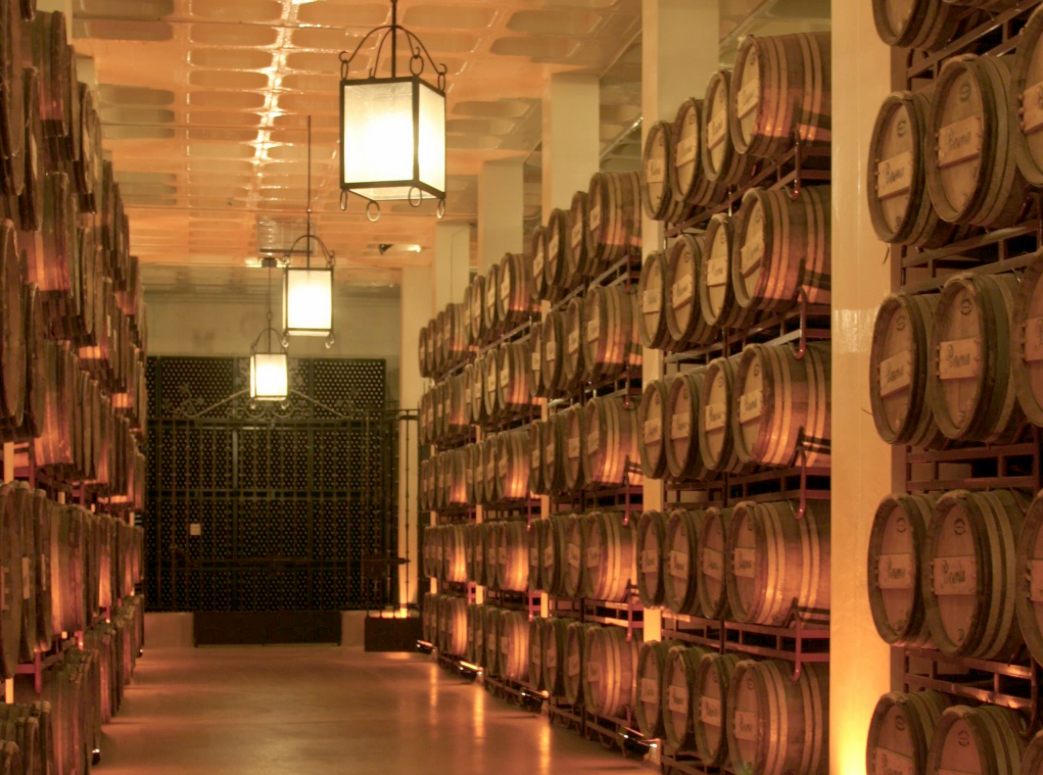
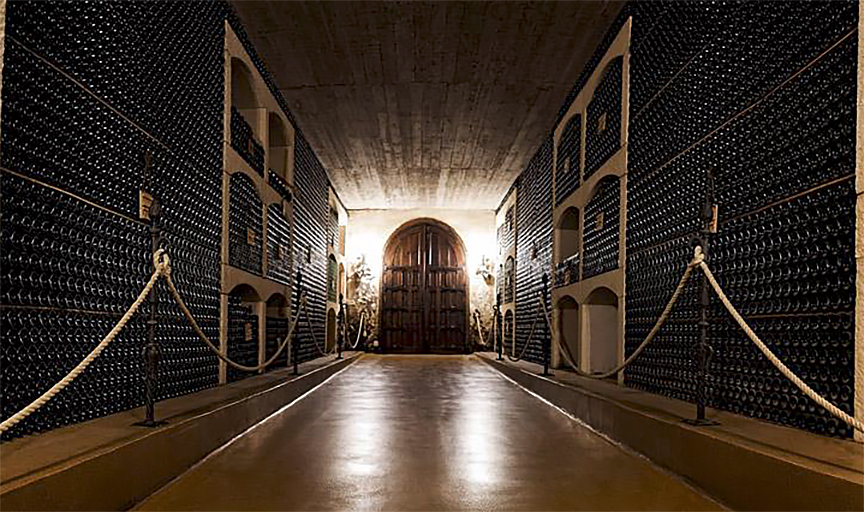
The region gets its name from the Oja River (Rio Oja in Spanish) and is divided into three regions: Rioja Alavesa, Rioja Alta, and Rioja Baja. Bodegas Beronia is located in the village of Ollauri in north-central Spain and the heart of Rioja Alto. Rioja Alta is on the western edge of Rioja and is higher in elevation—thus the name—and is known for its old world style of wines. The higher elevation means a shorter growing season and wines with bright fruit flavors and wines lighter on the palate, thus the medium body in this effort.
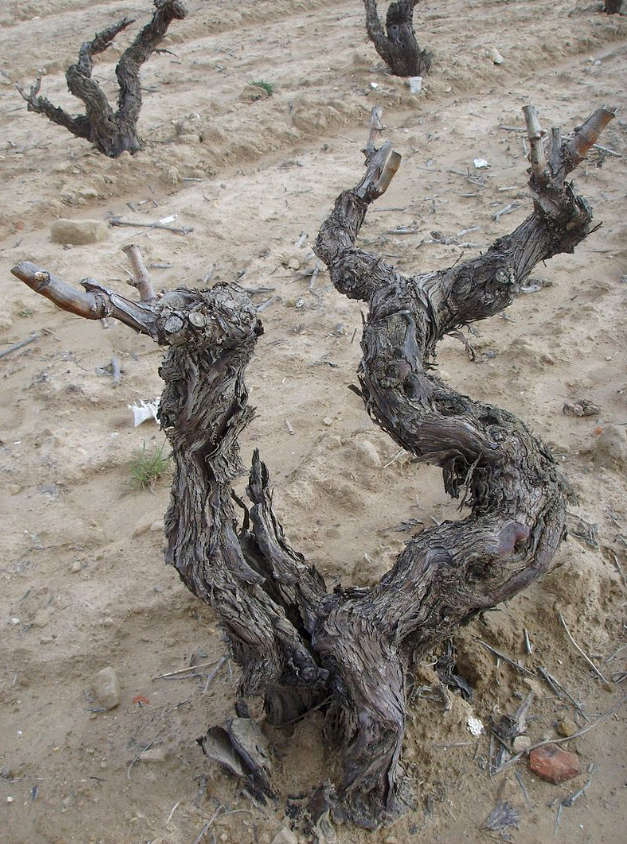
The name Beronia honors the legacy of the Berones—a Celtic population who lived in La Rioja in the 3rd century BC and who referred to their land as “Beronia.” The Beronia operation farms 2,223 acres of vineyards. Some of the vines are more than 100 years old, others were planted when the winery was established in 1973, and additional vines were planted in 2011. More than 85% of Beronia’s vines are tempranillo, many of them old vines.
Beronia Gran Reserva Rioja, Spain DOCa 2015 is an impressive vintage for this Beronia staple. Years in barrel and bottle before release deliver a wine with power and finesse. Tasty tannins, excellent acidity, significant structure. At this price point, a wonderful Rioja. Grab a couple. Pair with rich beef cuts; roast beef; lamb (classic pairing); veal; pork; poultry; chilli dishes; barbecue, both beef and pork. Complements savory dishes, from porterhouse steak to gourmet burgers. Also works with chocolate desserts. Cheese—brie and camembert with rind; cantal; aged cheddar; goat cheese—fresh chèvre. $35-40
